Tensions in the armor of the British monarchy have been exposed to the world quite recently. Things may seem pristine and beautiful, but the story behind them may shock you. Such is the story of the beautiful town of Cotswold. Away from the noisy and polluted cities, the Cotswold feels like an escape into another era of sights reminiscent of a time that has been forgotten. Nature's surreal beauty, stone buildings and streets and small tea shops are a far too perfect picture to miss.
Roughly spread over 800 square kilometers, Cotswold shares its boundaries with five counties, namely Wiltshire, Gloucestershire, Oxfordshire, Warwickshire and Worcestershire. It has been declared an area of outstanding natural beauty (AONB), so it is definitely worth a visit.
Where it all started
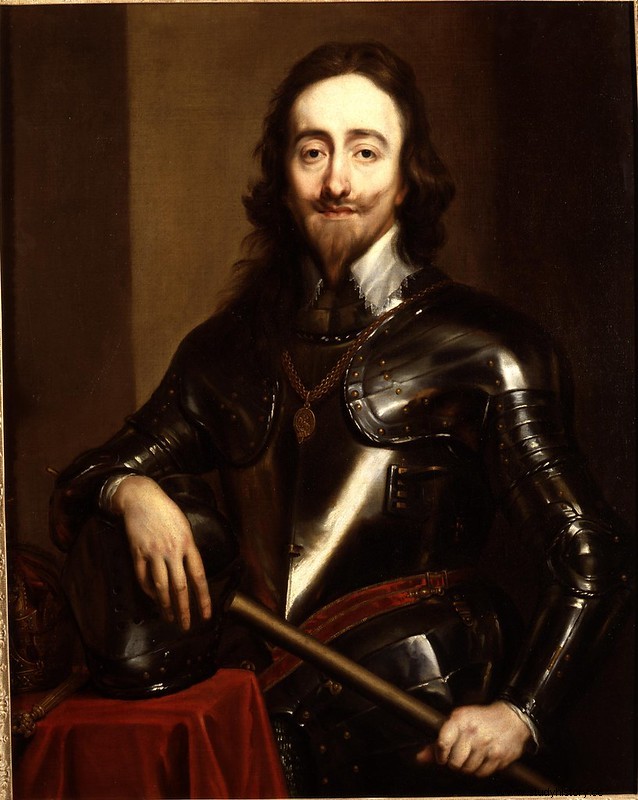
More than three hundred years ago, the Cotswold was at the heart of the English Civil War. The war was fought between Charles I and the royalists, and the supporters of parliament. What led to such violent civil unrest, you ask? It was the same old story of an arrogant, greedy and conceited king. Charles I was a firm believer in the "divine rights of kings", which meant that the monarch had absolute power. His belief in this god-like power led him to turn against parliament on several issues, mainly money and religion. Charles I always had poor finances and also married a Catholic queen while he was a Protestant.
At that time, Parliament did not hold an important position and was under absolute control of the monarch. Parliament refused to bow to Charles' wishes and was immediately dissolved. Unfortunately, the king demanded finances for the war he waged against the Scots. Therefore, heavy taxes were imposed on the people. In 1642, Charles raised an army at Oxford against Parliament to gain control of England, and that was the beginning of the Civil War.
Battle of Edgehill
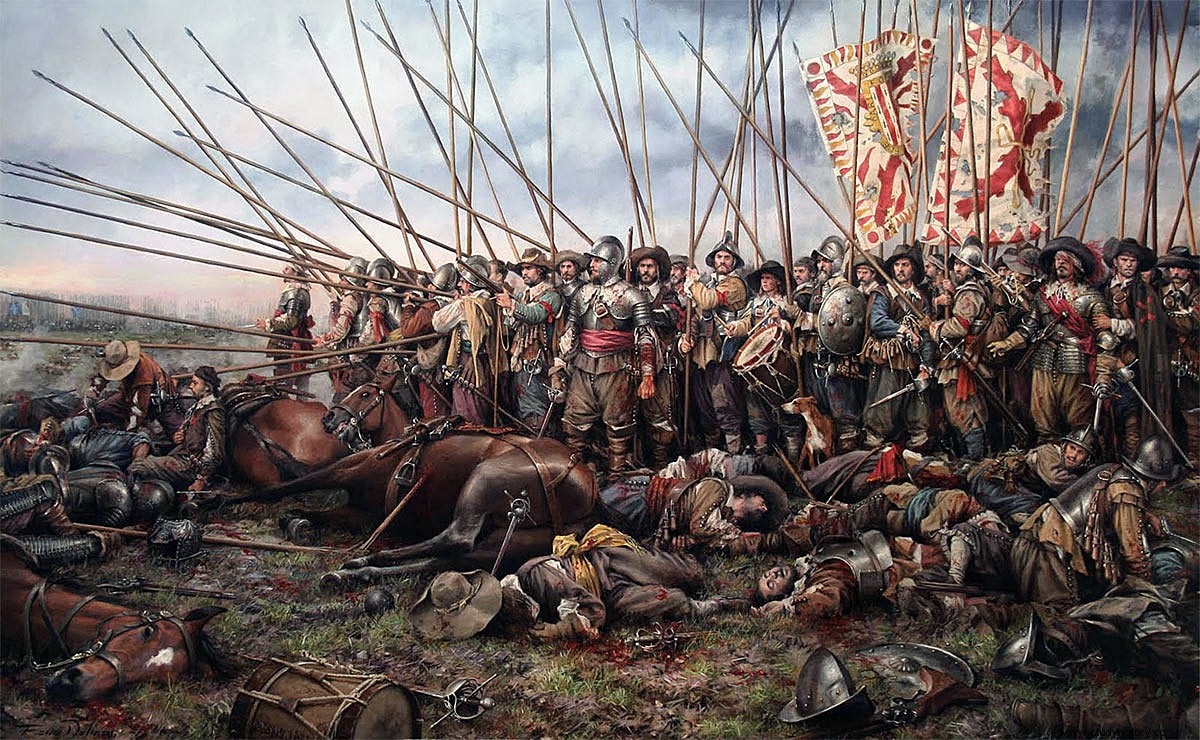
Cotswold was at the heart of all the action, with the King's headquarters in Oxford and Parliament's garrisons in Gloucester and Bristol.
The first battle took place at Edgehill on October 23, 1642. The battle was so violent, bloody and long that the next day neither side wanted to continue the battle. Today you can visit the Edgehill, located on the northern edge of the Cotswold, and take a look at the Radway Tower or Castle Inn. The octagonal tower was built in 1742 and marks the 100th anniversary of the Battle of Edgehill. If you spend the night in the area, you may be disturbed by the constant sound of swords ringing against each other. The area is popular for stories of ghost armies fighting in the middle of the night.
Moreton-in-Marsh and White Hart Royal Hotel
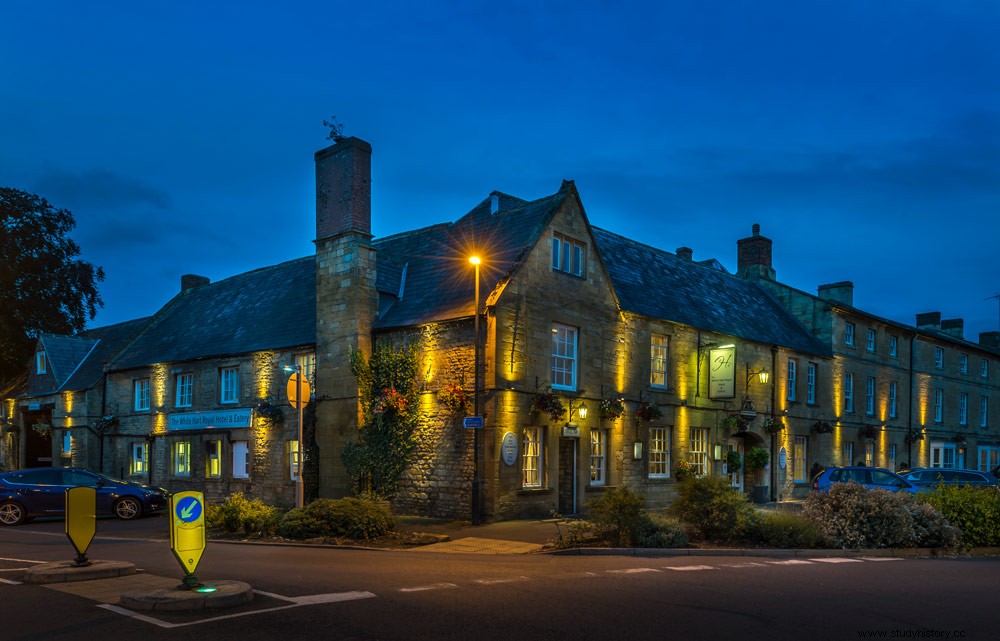
White Hart Royal Hotel is a popular destination among the many places to visit in the Cotswold. The White Hart Royal Hotel, a 17th-century inn in Moreton-in-Marsh, became a refuge for King Charles I during the war. Located in the center of Moreton-in-Marsh, the hotel has been the perfect place to stay for travelers since the 17th century. Charles I was said to have stayed at the hotel twice during the English Civil War and is to this day still one of the most famous names who have stayed at the White Hart Royal Hotel. In 1853, the hotel originally known as White Hart came under the entrepreneurial control of Robert King, who built the meeting room of the hotel to promote his relations with King Charles I; This was when the hotel was renamed the White Hart Royal Hotel. Over the years, the hotel has undergone several changes and is now being refurbished for customers' needs today. It has become a piece of history that you can experience first hand.
The story rests within the walls of the Lygon Arms
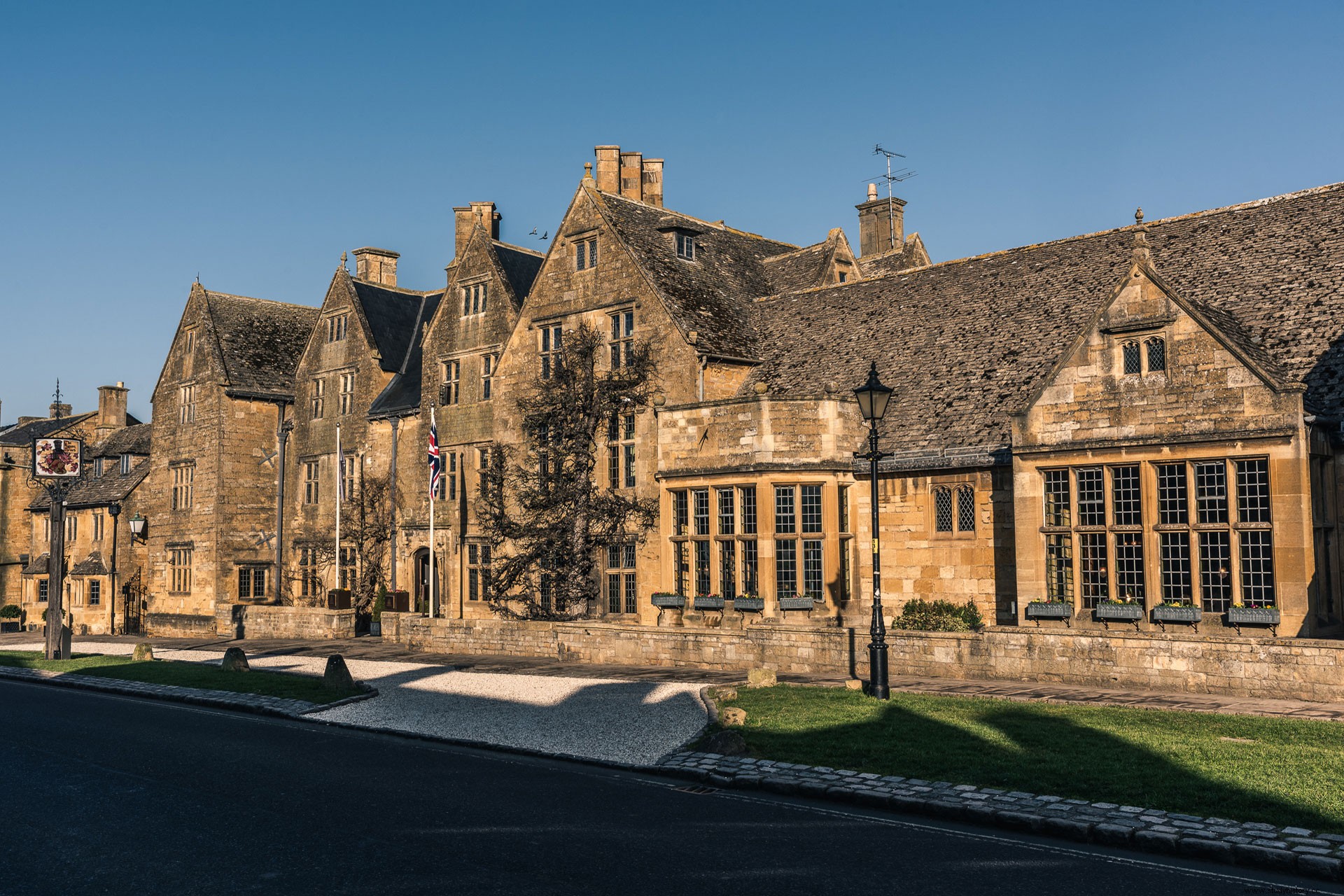
Lygon Arms on Broadway also has a rich history. Together with the stories that surround this structure, the structure itself is a marvel of history. With architecture dating back to the 14th century, the Lygon Arms Hotel has much to offer both history buffs and holidaymakers. Although it has been a resting place for King Charles I, among the hotel's other popular guests is Oliver Cromwell, the man who led the armies against King Charles. He stayed at the hotel the night before the Battle of Worcester in 1651.
The Lygon Arms Hotel has connected Wales, Worcester and London in Elizabethan times, and has undergone a number of changes, especially in terms of name. During the 14th century, it became known as White Hart in honor of King Richard II. The hotel's name went through several changes that reflect the political changes of the time. However, the hotel gained a new kind of significance in 1649 during the English Civil War, when Charles I and the representatives of the English Parliament were all under the same roof.
You can experience this historic battle between the two sides within the walls of this hotel. Just book either the Oliver Cromwell Room or the impressive King Charles I Suite. Both rooms are reminiscent of the men who lived in these rooms. The King Charles Suite consists of a royal coat of arms that sits over the fireplace; in Cromwell's room you can see his "warts and all" portrait hanging next to a seventeenth-century fireplace.
Battle of Stow-on-the-Wold

On the morning of March 21, 1646, the last battle of the English Civil War took place in the market town of Stow-on-the-Wold. King Charles I had almost been defeated, but hoped for reinforcements from Scotland, Ireland and France. This was only possible if the king's commander, Sir Jacob Astley, could fight his way to Oxford. As an experienced soldier, Sir Jacob had nothing to fear. However, he was greeted on the pitch by Sir William Brereton. Although Colonel Brereton's army was smaller than Sir Jacobs', most of the royalist army fled in battle. The fight and the slaughter were so violent and bloody that it was said that ducks could swim through the pools of blood on the street. This is how the name "Digbeth" or "Duck's Bath" came to be.
Stow is also said to have the oldest inn in England - The Porch House. Porch House is located on Digbeth Street and dates back to 987 AD. and includes several historical finds, such as a Saxon shoe from the 10th century, a royal commander, letters during the Civil War and more. You can still see the "witch marks" in the public rooms, which were signposted to ward off spirits.
Century-old architecture in Burford
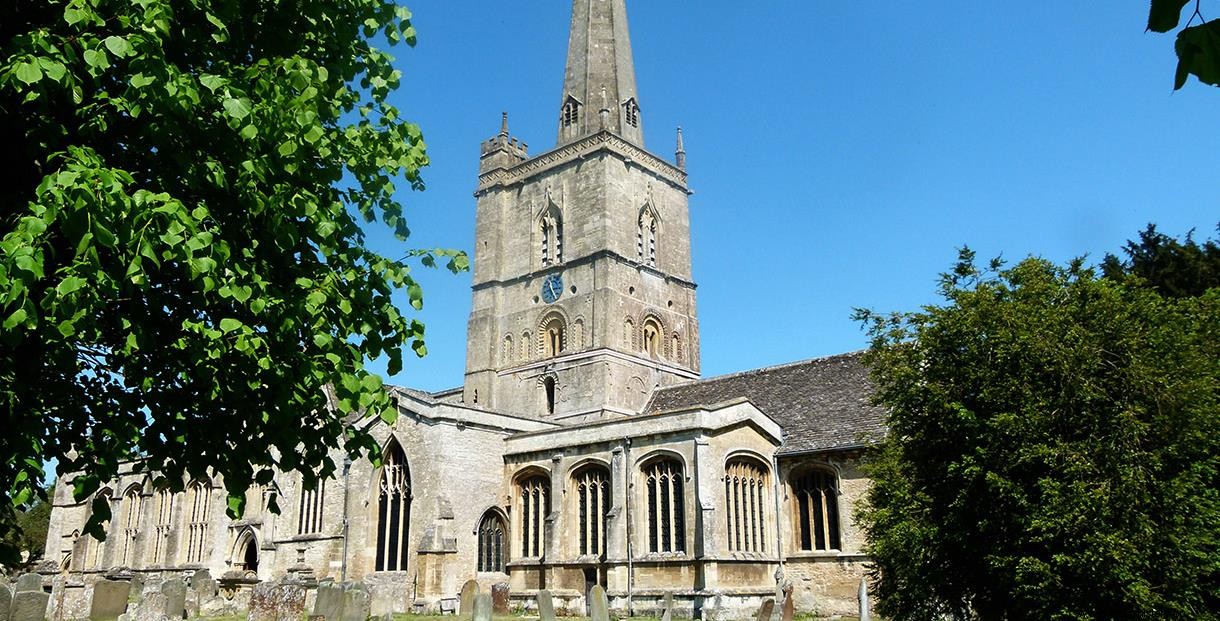
The medieval structures, antique shops and sheer beauty of Burford are not to be missed if you are in the Cotswold. One of the most notable establishments in the area is St. John the Baptist's Church. The church stands as a memorial to some of the large families who once lived in Burford. Interestingly, the church was used as a prison during the English Civil War, leaving carvings and graffiti by the prisoners. One of the carvings inside the church wall is the name of Anthony Sedley, a rebel in Cromwell's army (Levellers), who was a prisoner at the church and had to witness the execution of their leaders in the cemetery.
Along with that, Burford is also known for its restaurants and tea shops, and most importantly, the oldest pharmacy in the area, which has been there since 1734. In addition, the architecture of the houses in the area is as old as the 15th century. .
The capital of the Cotswold
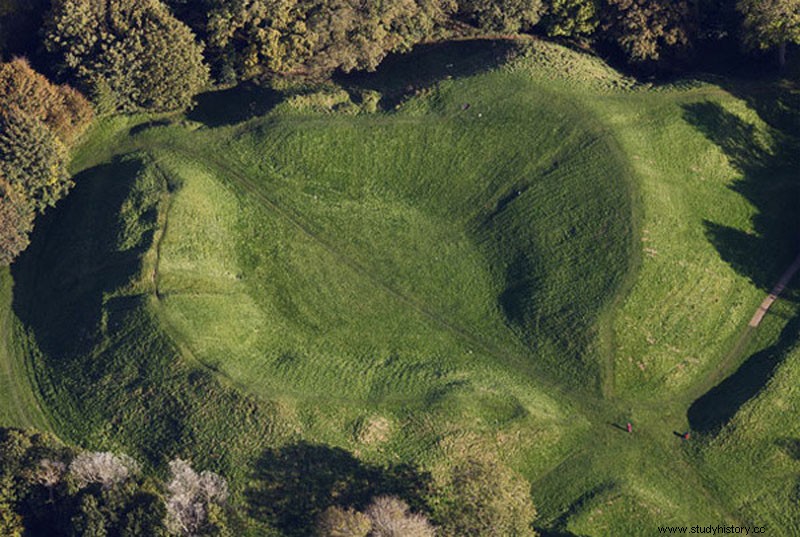
Cirencester, the capital of the Cotswold, is one of the largest towns in the area and was known for being the center of all wool trade at one time. The city was once inhabited by the Romans and was at that time known as "Corinium Dobunnorum". The city was almost as big as London. In the 6th century, the Saxons took over the city and renamed it "Coryn Ceasre", and only then did the city become known for its wool. Cirencester is one of the picturesque towns colored with historic architecture dating back to the Romans.
One of the major attractions in the area is Cirencester Parish Church. The cathedral-like parish church of St. John Baptist is located on the square and is a beautiful sight with its large south veranda and exquisite fan vault dating back to the 13th century. In addition, there is something for art lovers to admire as well. The Corinium Museum displays art from Roman times and has the largest collection of Roman-British antiques. The Roman influence in the area can also be seen in the Roman amphitheater, which is just a short distance from the city center. It is one of the most well-preserved historic architectures in the area that was built in the second century. You can easily book tours that take you on a walk through the city, and they include the tour of the amphitheater and museums as well.
The historic and gastronomic charm of Winchcombe
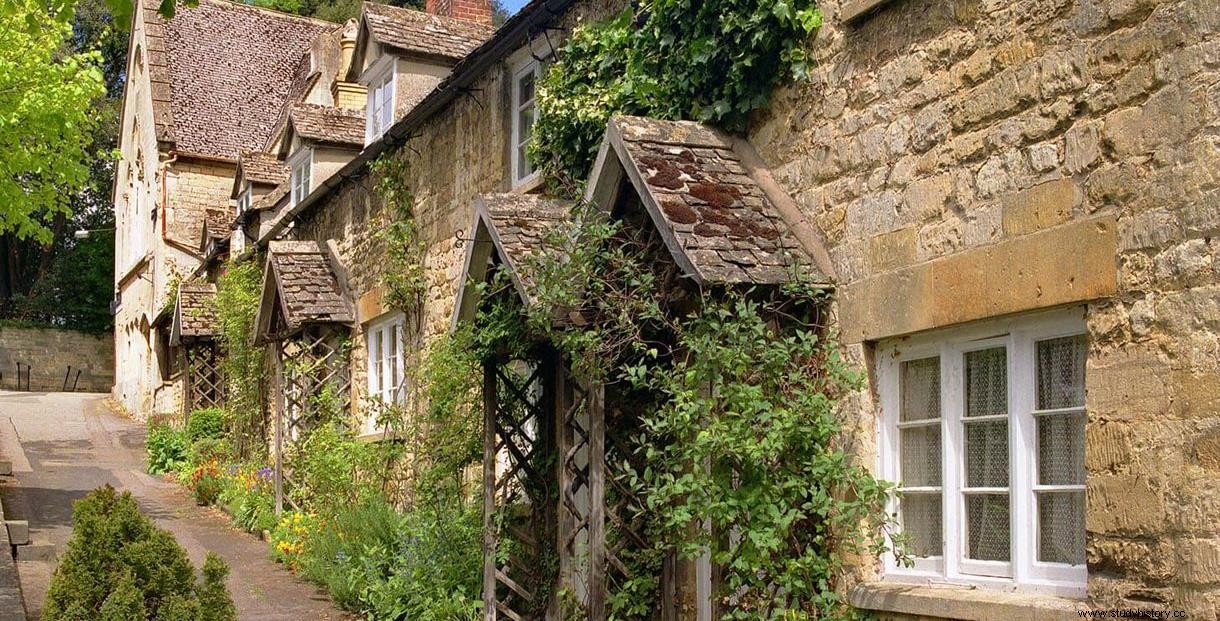
Winchcombe is at the heart of Saxon history. It was a city of great importance during the eighth century, when it had become a royal center for people who owed their allegiance to the kings of Mercia. It is also home to Christopher Merrett, a scientist, naturalist and metallurgist. Merrett was one of the first to register the different types of flora and fauna in England at that time. His interest in metallurgy led him to discover "sparkling wine", that is, the addition of sugar to wine to make it "lively and sparkling".
Over the years, various businesses, museums, shops, restaurants and cafes have transformed the area into the ideal place for a tourist. Experience some of the most delicious gastronomic delights made by renowned chefs using local ingredients. You can choose from a variety of Michelin-starred restaurants, pub food and high-quality dishes from fancy delicacies.
Castle Combe

Built by the first baron, Reginald de Dustanville in the 12th century, is "Castell of Cumbe" where the name Castle Combe comes from. Another picture-perfect town in the Cotswold, this place is a delight for tourists who come here for the famous places and photo shoots. In fact, movie fanatics enjoy the scenery of this beautiful city because of its appearance in movies like Steven Spielberg's War Horse, Dr. Doolittle, and popular TV series like Downton Abbey.
There are several things to do in Castle Combe, but the most important is a nice and relaxing walk down the hill from the market square to the southern tip of the village. This is where you get to see the heavenly sight of a rippling river, forests all around and looms in one place. If you are a fan of traditional tea snacks such as homemade cakes and sandwiches, the Old Rectory Tea Room is the perfect place for you. If not, The Castle Inn and White Hart are the two local pubs you just can not miss. The village offers several accommodation options for tourists, from fancy hotel rooms to charming little cottages such as The Old Museum. This is the perfect little place for a relaxing holiday, where you can walk down the path and look at the beauty that surrounds you at all times.
The picturesque and peaceful Cotswold
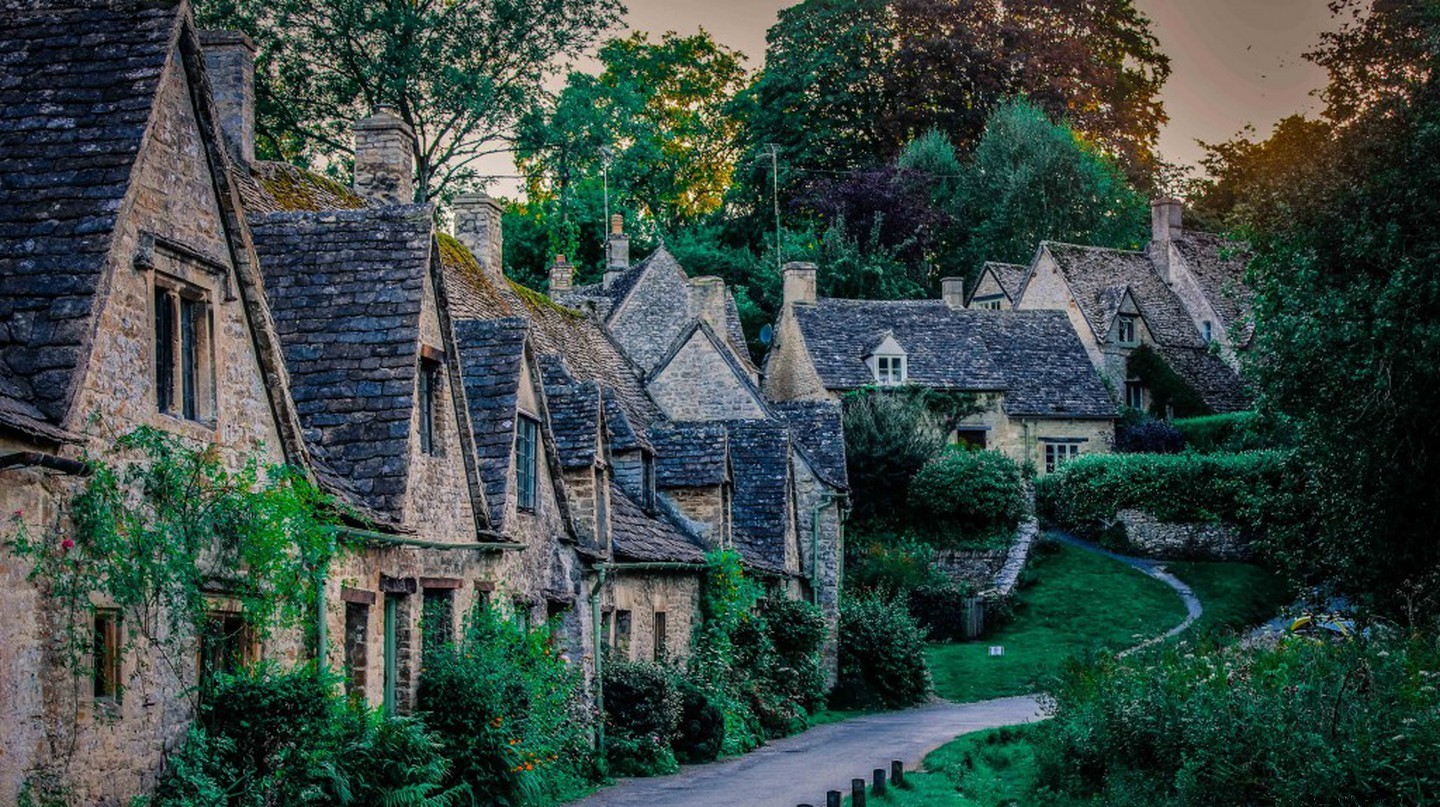
Almost every article, video or blog out there talks about the celestial beauty of the Cotswold. The scenic sites, museums, architecture, food and people give this place a special charm. The irony of the matter is that a place with such enchanting sights and with a wonderful atmosphere was once home to some of the most violent and cruel battles in history. But if you have an ability for history, this is the place you want to be. There is so much to see, so much to discover. It is the perfect destination, for a peaceful holiday or for an educational holiday. But whatever your goal is, Cotswold is a place to relax your soul.
